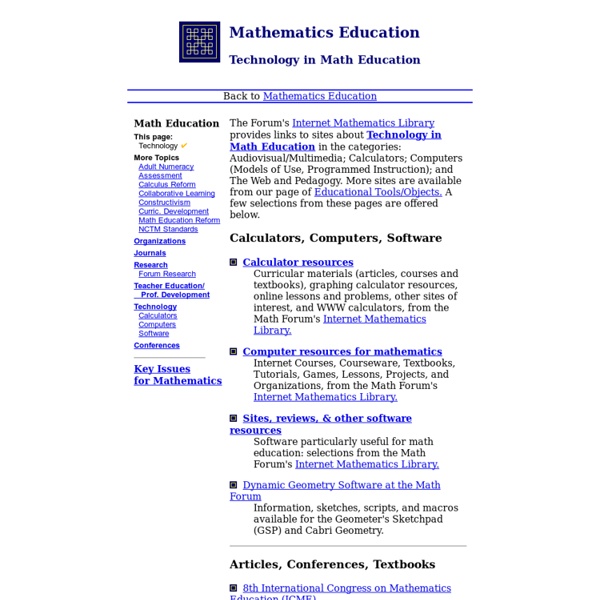



Math textbooks aren't lining up to Common Core Dive Brief: EdReports.org evaluated 20 K-8 math textbooks and found that 85% (a total of 17) did not align with the Common Core standards. The evaluation was conducted by 46 reviewers, half of which were current teachers, who read each individual text book and then met in groups or via video conference to compare notes and findings. Publishers have pushed back, saying the report is misleading and flawed. For example, Philip Uri Treisman of Agile Mind says he checked to see how long users were logged into the review site and found some spent only 10 minutes on each book. Dive Insight: Texts by Pearson, McGraw-Hill, and Houghton Mifflin Harcourt were among those reviewed, so the controversy stretches all the way to the sector's biggest publishers. The books in the report that did align to the Common Core included all of the books by Eureka Math, and McGraw-Hill's texts for grades 4-5. Recommended Reading EdSurge: Textbooks Fail to Meet Standards, Says EdReports.org
Online Textbooks & Resources 10 Useful Math Practice Apps for Elementary Students April 4, 2015 Looking for some good iPad apps to help elementary students with their Math? The list below features some of the most popular iPad apps in this category. These apps have been endorsed by a larger base of teachers and educators and are ideal for classroom inclusion. 1- Math Puppy From toddlers to grade school, for Children of all ages – Math Puppy is the perfect way to build up your math skills. 2- My Math Flashcards My Math Flash Card App is for mastering basic elementary math facts. 3- MathBoard MathBoard is a highly configurable math app appropriate for all school aged children. 4- Motion Math Feed your fish and play with numbers! 5- Pizza Fractions In chef's pizzeria your child masters the concept of naming simple fractions using pizza picture examples. 6- Picture Math An incredibly fun and effective way to learn math operations (+, -, ×, ÷). 7- Everyday Mathematics 8- Mathmateer While your rocket is floating weightlessly in space, the real fun begins! 9- Geoboard
Greg Tang Math fluency%20documents%20final.pdf Coherence Map Number And Operations In Base Ten Use Place Value Understanding And Properties Of Operations To Add And Subtract. Major Cluster Add within 100, including adding a two-digit number and a one-digit number, and adding a two-digit number and a multiple of 10, using concrete models or drawings and strategies based on place value, properties of operations, and/or the relationship between addition and subtraction; relate the strategy to a written method and explain the reasoning used. Given a two-digit number, mentally find 10 more or 10 less than the number, without having to count; explain the reasoning used. Subtract multiples of 10 in the range 10-90 from multiples of 10 in the range 10-90 (positive or zero differences), using concrete models or drawings and strategies based on place value, properties of operations, and/or the relationship between addition and subtraction; relate the strategy to a written method and explain the reasoning used. Operations And Algebraic Thinking Task Solution
Annotated Mini-Assessments Mathematics mini-assessments that illustrate the focus, coherence, and rigor of the Standards. These mini-assessments are designed for teachers to use either in the classroom, for self-learning, or in professional development settings. More mini-assessments will be added over time. Grades 6–8 Annotated Mini-Assessments Extending Previous Understandings of Properties Mini-Assessment This mini-assessment is designed to illustrate the cluster 6.EE.A, which sets an expectation for students to apply and extend previous understandings of arithmetic to algebraic expressions. View Details Ratios and Rates Mini-Assessment This mini-assessment is designed to illustrate some of the expectations of cluster 6.RP.A, which sets an expectation for understanding ratio concepts and using ratio reasoning to solve problems. View Details Micro-Models and Reasoned Estimates Mini-Assessment View Details Operations on Rational Numbers Mini-Assessment View Details Simultaneous Linear Equations Mini-Assessment View Details
Eureka Math - EdReports.org Summary of Alignment And Usability The instructional materials reviewed for this grade band meet the expectation for alignment to the Common Core State Standards and partially meet the expectations for usability. For focus, the materials meet the criteria for the time devoted to the major work of the grade. The majority of the chapters and the respective days allocated in the timeline align to the major work of each grade. For coherence, the supporting work is clearly connected to the focus of the grade in a meaningful way. Coherence is also evident in the connections between two or more clusters in a domain and two or more domains in a grade. The materials reviewed partially met the expectations for usability.
Fluency Resources for Grade-Level Routines “Fluency in each grade involves a mixture of just knowing some answers, knowing some answers from patterns (e.g., “adding 0 yields the same number”), and knowing some answers from the use of strategies. It is important to push sensitively and encouragingly toward fluency of the designated numbers at each grade level, recognizing that fluency will be a mixture of these kinds of thinking which may differ across students.” (CC/OA Progression, p. 18) These documents provide a set of short activities extracted from Engage NY and Illustrative Mathematics, two open education resources.